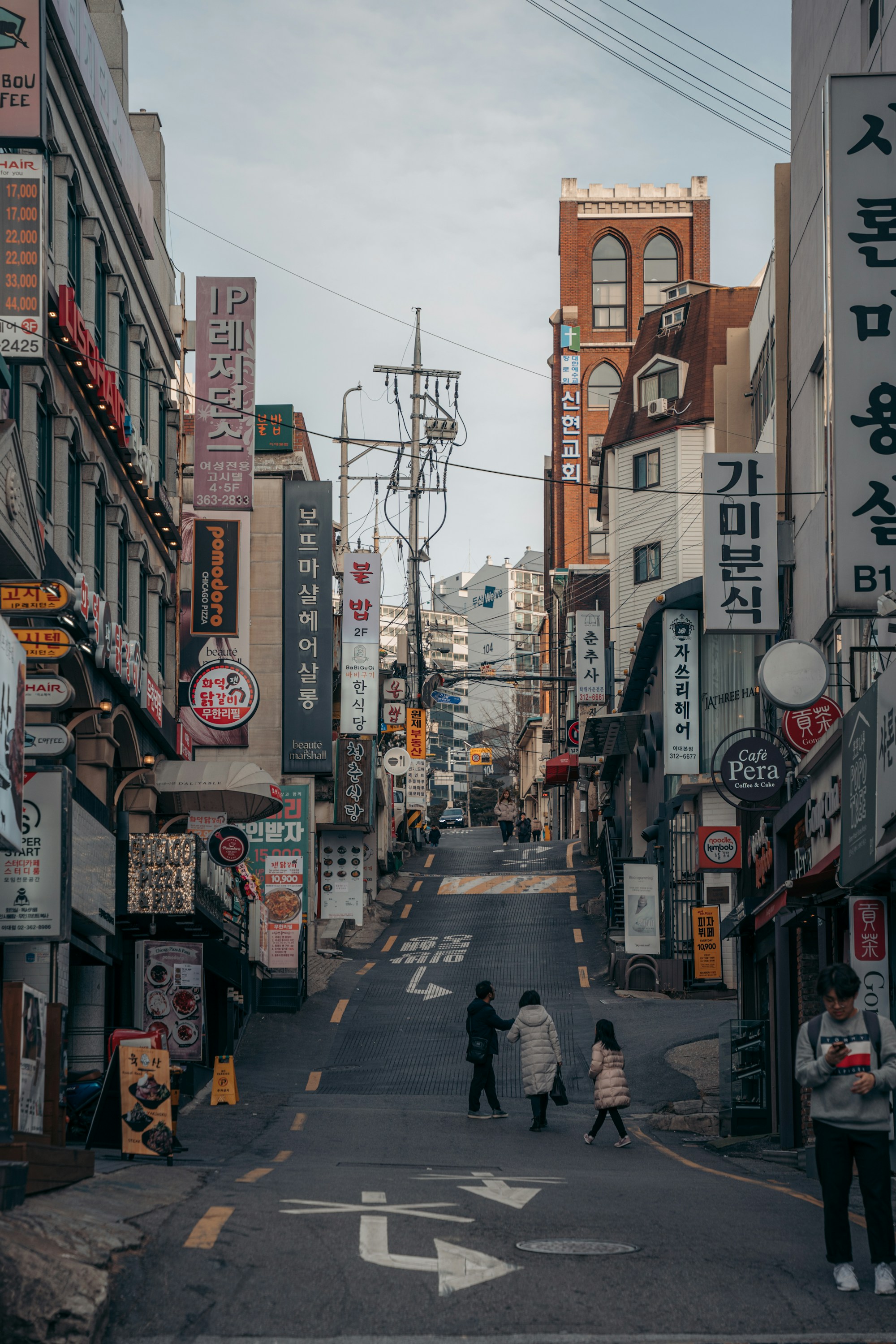What to See in South Korea: A Gentle Exploration

What to See in South Korea: A Gentle Exploration
South Korea is a captivating country with a rich cultural heritage and stunning natural landscapes. From ancient palaces and temples to modern cities and breathtaking mountains, South Korea offers something for every traveler. Whether you are interested in history, nature, or delicious cuisine, this guide will help you plan your gentle exploration of South Korea's must-see destinations.
Seoul: The Vibrant Capital City
The bustling city of Seoul is a perfect starting point for your South Korean adventure. With a population of over 10 million people, Seoul is a vibrant metropolis that seamlessly combines modern architecture with traditional landmarks. Be sure to visit the majestic Gyeongbokgung Palace, one of the most iconic palaces in South Korea, and explore its beautiful gardens and pavilions.
For a taste of traditional Korean culture, head to the Bukchon Hanok Village, where you can wander through streets lined with traditional houses, known as hanoks. You can also visit the Namdaemun Market, the largest traditional market in Seoul, and try some delicious street food.
If you're interested in shopping and entertainment, make your way to the Myeongdong district, famous for its trendy boutiques, cosmetics shops, and bustling nightlife. Don't forget to explore the futuristic Dongdaemun Design Plaza, a landmark of contemporary architecture.
Gyeongju: The Ancient Capital
Gyeongju, often referred to as the "museum without walls," is a city steeped in history and ancient treasures. This UNESCO World Heritage site was once the capital of the ancient Korean kingdom of Silla, and remnants of its glorious past can be seen throughout the city.
One of the must-see attractions in Gyeongju is the Bulguksa Temple, a magnificent Buddhist temple complex dating back to the 8th century. The temple is known for its delicate architecture, beautiful stone pagodas, and peaceful surroundings. Another iconic site is the Seokguram Grotto, a UNESCO-listed cave temple famous for its stone Buddha statue.
Take a leisurely stroll through the Gyeongju National Park, where you can explore numerous ancient tombs, royal pavilions, and colorful gardens. Don't miss the Cheomseongdae Observatory, the oldest existing astronomical observatory in East Asia, which offers a glimpse into ancient astronomical practices.
Jeju Island: A Natural Paradise
If you want to immerse yourself in the beauty of nature, make sure to visit Jeju Island, a volcanic island located off the southern coast of South Korea. Known as the "Hawaii of South Korea," Jeju Island is home to stunning landscapes, including dramatic cliffs, volcanic craters, pristine beaches, and lush forests.
Explore the breathtaking Jeju Olle Trail, a network of hiking paths that winds through the island's picturesque countryside. The trail offers various routes, each showcasing different aspects of Jeju's natural beauty, from coastal scenery to scenic mountain views.
Visit Seongsan Ilchulbong, also known as Sunrise Peak, a UNESCO World Heritage site and a popular spot to watch the sunrise. This volcanic crater offers panoramic views of the surrounding ocean and is especially beautiful during the cherry blossom season.
Don't forget to visit the Jeju Folk Village Museum, where you can learn about the island's traditions and customs, and the Jeongbang Waterfall, one of the few waterfalls in the world that directly falls into the ocean.
Busan: Coastal Charm
Located on the southeastern coast of South Korea, Busan is a bustling port city known for its beautiful beaches, vibrant markets, and fresh seafood. Start your exploration at Haeundae Beach, one of the most popular beaches in South Korea, where you can soak up the sun or try various water activities.
Wander through the colorful streets of Gamcheon Culture Village, a hillside neighborhood adorned with vibrant murals and sculptures. Here, you can also visit small galleries, cafes, and boutiques run by local artists.
Make a stop at the Jagalchi Market, the largest seafood market in South Korea, where you can see a wide variety of fresh fish and other marine products. Enjoy the bustling atmosphere while trying some of Busan's renowned seafood dishes.
History enthusiasts should not miss the UNESCO-listed Beomeosa Temple, a peaceful Buddhist temple complex nestled in the mountains. Explore its ornate halls, pagodas, and meditation halls while taking in the serene surroundings.
Andong: Traditional Culture and Folklore
For an immersive experience in traditional Korean culture, head to the city of Andong, located in the southeastern part of the country. Andong is known for its well-preserved traditional architecture and rich cultural heritage.
Visit the Hahoe Folk Village, a UNESCO World Heritage site, where you can take a step back in time and explore traditional Korean houses, known as hanoks. Witness traditional performances, such as the Hahoe Mask Dance, which showcases the region's vibrant folklore.
Explore the Andong Confucian Academy, one of the oldest Confucian schools in Korea, and learn about Confucianism, a central component of traditional Korean culture. Take a leisurely stroll along the picturesque Nakdong River, which offers serene views and is especially beautiful during the cherry blossom season.
Savor Andong's local specialty, jjimdak, a delicious dish made with chicken, vegetables, and noodles, flavored with a savory soy-based sauce. Don't forget to visit a traditional tea house and sample some of Korea's finest teas.
An Essential and Diverse Journey
A journey through South Korea will delight all your senses. From the vibrant city life of Seoul to the ancient treasures of Gyeongju, the natural beauty of Jeju Island, the coastal charm of Busan, and the traditional culture of Andong, South Korea offers a diverse range of experiences.
So pack your bags and embark on a gentle exploration of this fascinating country - you won't be disappointed!
